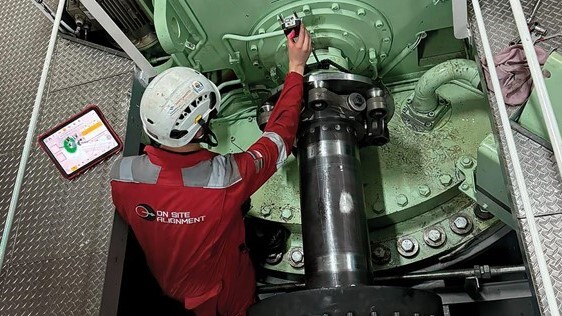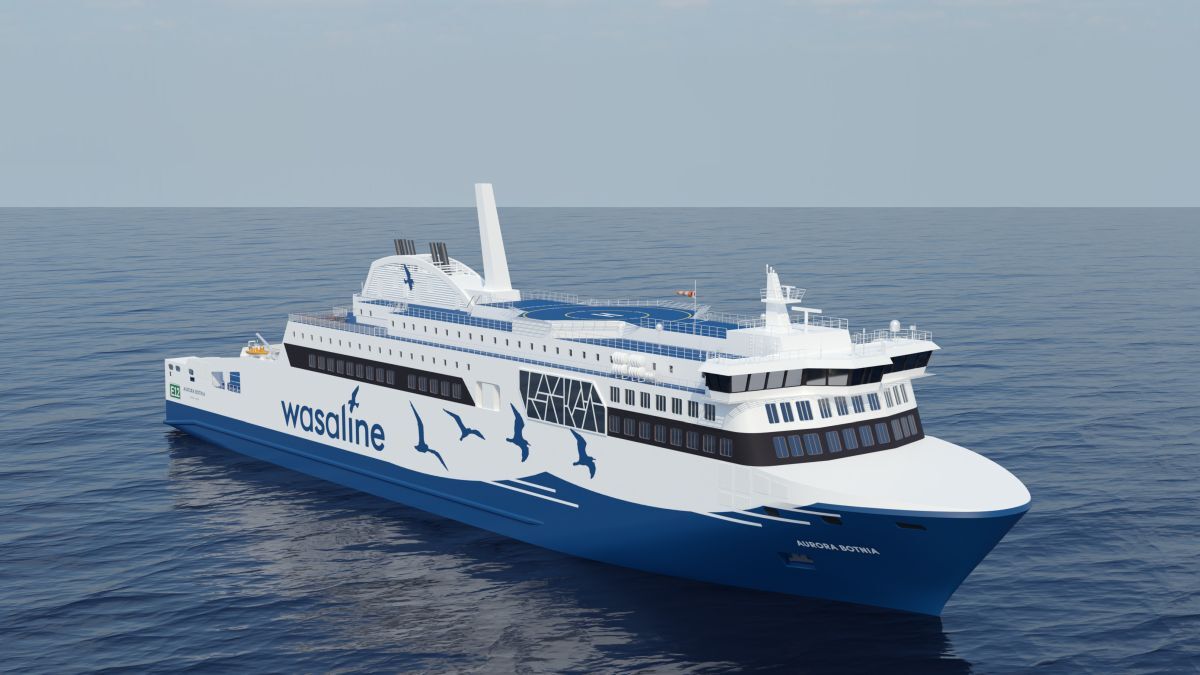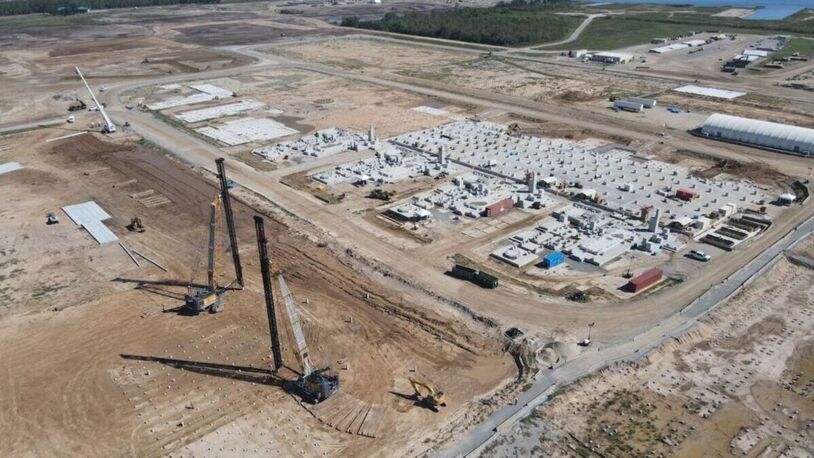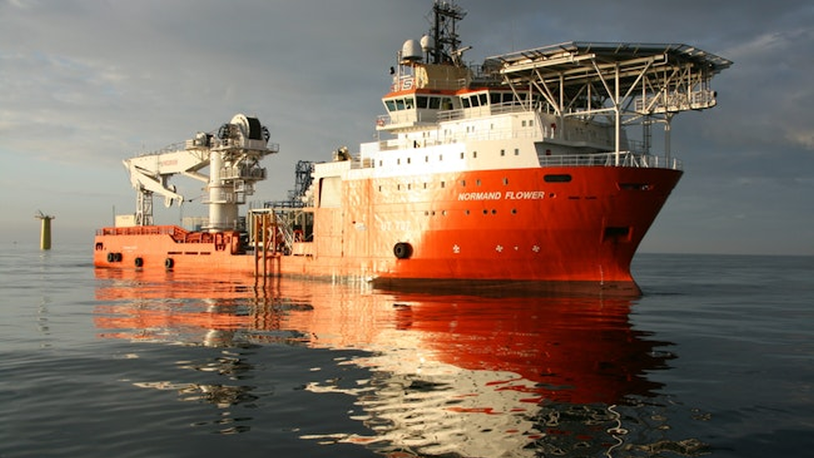Business Sectors
Events
Contents

ICS: 300 new hydrogen carriers needed to meet EU2030 hydrogen target
Shipping’s largest trade lobby, the International Chamber of Shipping (ICS), has commissioned a hydrogen demand forecast it’s calling a ’once-in-a-generation opportunity’
A new report commissioned by the International Chamber of Shipping claims hundreds of newbuild hydrogen carriers will be needed to transport the amount of hydrogen EU policymakers are slating in for use by the trading bloc within a few years.
Written by Biberach University of Applied Sciences Professor of Energy Economics, Stefan Ulreich, the report, Turning hydrogen demand into reality: Which sectors come first?, examines the potential for so-called ’clean hydrogen’ produced using renewable energy to decarbonise various economic sectors, including those deemed ’hard-to-abate’.
"The report identifies that to meet future hydrogen demand, the scale of renewable electricity demand for green hydrogen production is unprecedented and leads to once-in-a-generation opportunities and challenges," the ICS said.
According to current energy use scenarios, global demand for hydrogen-based fuel sources will need to be scaled by five times between 2030 and 2050 to reach net-zero emissions by 2050. Current levels of production, estimated at 100M tonnes in 2030, will have to reach 500M tonnes by 2050 during a 20-year timeline where a still nascent, volatile and unpredictable energy transition away from fossil fuels will be emerging.
With ICS secretary general Guy Platten asserting the shipping sector is well positioned to "play a key role as an enabler to the hydrogen economy" based on Professor Ulreich’s work, Prof Ulreich takes the step of attempting to quantify the number of new vessels that would be needed to transport hydrogen or hydrogen storage fuel ammonia.
Even in scenarios where hydrogen transport grows relatively modestly, the number of new vessels Dr Ulreich predicts will be needed is in the hundreds.
“What we are seeing is the annual hydrogen demand would mean increasing the fleet to transport hydrogen by ship. To just meet a global increase of 30M tonnes of hydrogen traded worldwide, we could need up to 411 new hydrogen vessels (for long distances) or up to 500 vessels if transported as ammonia,” he said.
Alongside production infrastructure, Prof Ulreich lists transport as key to the emergence of a true hydrogen-based economy. The vessels that will transport the hydrogen fuels will, in turn, require the creation of port-based infrastructure and pipeline transport to move the fuel from its landing point to end users.
Noting the intertwined nature of infrastructure needs to move hydrogen from producing, or ’surplus’, regions to the areas of highest initial consumption, Prof Ulreich suggests "co-ordinated action" to encourage and subsidise the development of this infrastructure.
The report highlights three economies as the main markets to initially drive hydrogen demand: South Korea, Japan and the European Union (EU). The combined European market has set a target of using 20M tonnes of hydrogen per year by 2030, with half of that volume to come from imported hydrogen. To meet the EU’s target, the ICS-commissioned report says the dedicated hydgrogen fleet will need to increase by "up to 300 vessels for the EU2030 target".
Riviera’s Maritime Decarbonisation Conference, Europe 2024 will be held in Amsterdam, 24 September 2024. Click here for more information on this industry-leading event.
Related to this Story
Events
Maritime Environmental Protection Webinar Week
Cyber & Vessel Security Webinar Week
The illusion of safety: what we're getting wrong about crews, tech, and fatigue
Responsible Ship Recycling Forum 2025
© 2024 Riviera Maritime Media Ltd.













